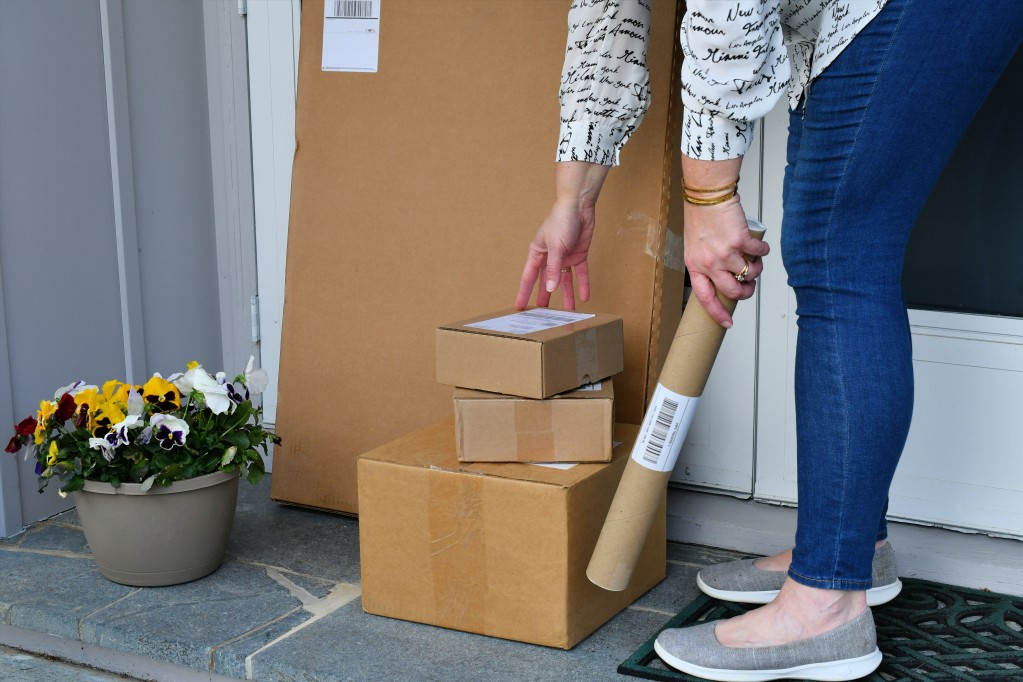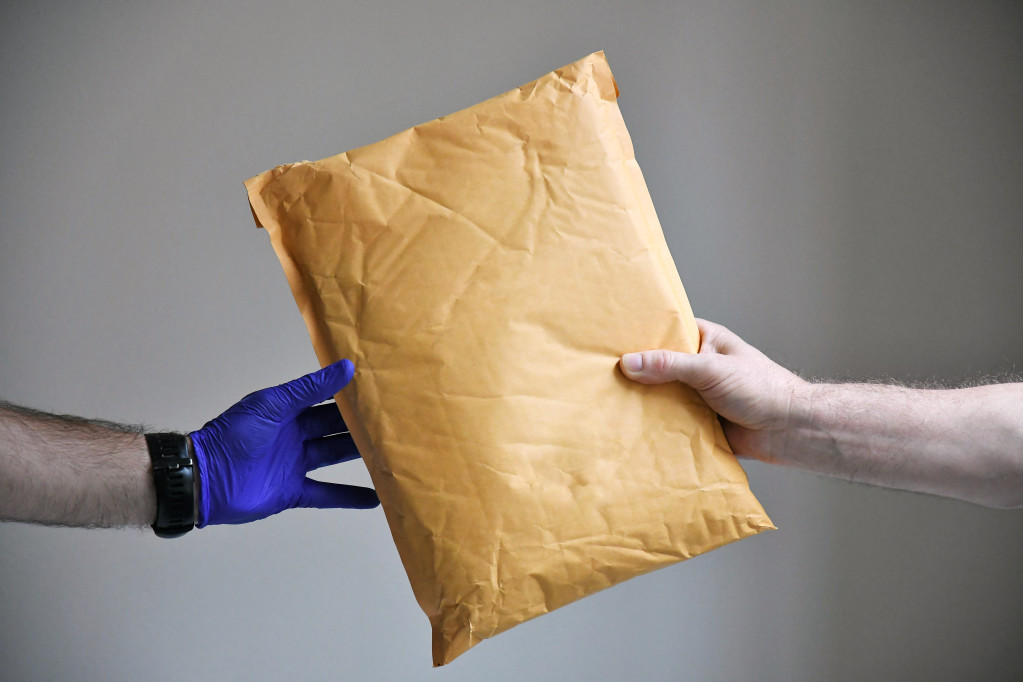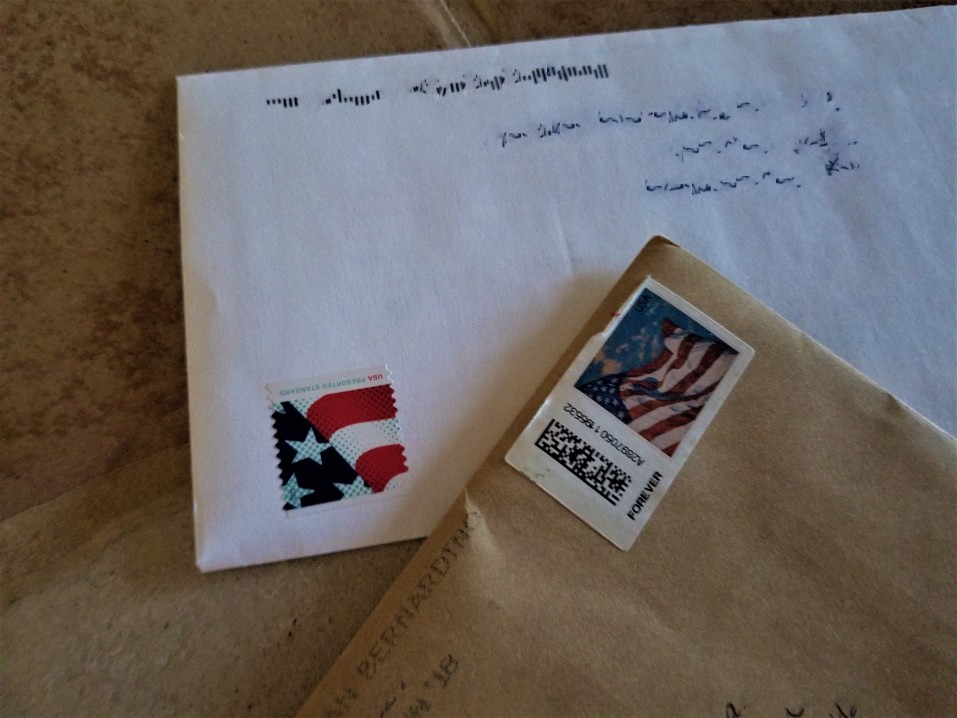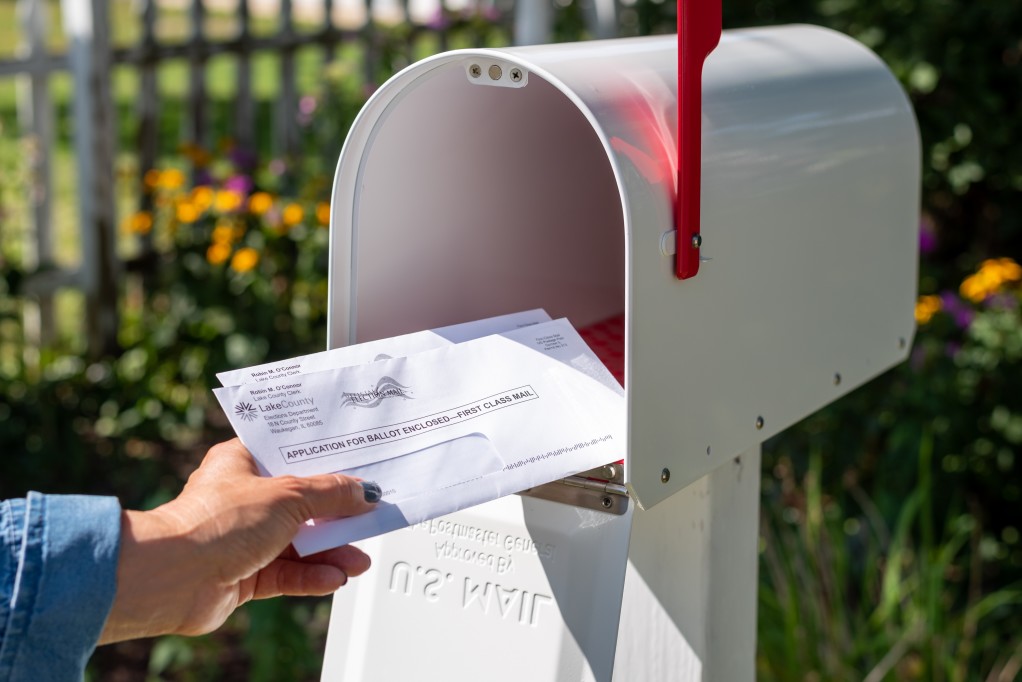It’s amazing how we take the ability to send mail for granted the way we do. Most of us think absolutely nothing of folding up a letter, putting it in an envelope, sticking on a stamp and dropping off at our local post office. We just assume that in a couple of days is going to arrive at its ultimate destination, almost as if by magic – never really thinking about the logistical miracle that makes all of this possible.
At the same time, though, there are lots of folks that don’t even think about how to send mail these days because of how much their lives are unfolding online. A lot of these people are used to sending emails, tweets, or text messages instead of mail – and then are a little bit surprised at how involved the mail process really is.
Below we breakdown (almost) everything you need to know about sending mail through the USPS these days. Use the inside information in this quick guide to speed up the process, eliminate any stress, and practically guarantee that your letter is going to arrive at its ultimate destination as quickly as humanly possible.
Let’s jump right in!

Preparing Your Mail
Long before you even think about dropping your mail off at the post office, stuffing it into a postal box, or chucking it in your mailbox, you need to make sure that your mail is prepared and ready to go. As mentioned earlier, a lot of people haven’t ever had to physically address a piece of mail before because of how digital our lives are.
Sure, we’ve seen plenty of envelopes come in with address information on them (especially if we’ve ever had a bill sent to us). But maybe we haven’t had to actually do the heavy lifting of addressing that envelope ourselves, getting it ready to be sent out somewhere else. On top of that, maybe we aren’t sure of which envelopes or packages we should be using or what “extras” we should be investing in from the USPS to make sure that our mail arrives on time and in perfect shape. That’s what this info is designed to help you out with.
Double Check Your Address Information
For starters, you’ll need to double check that the address information you are providing is good to go and 100% accurate. There are two addresses that you’ll need to make sure are right as rain before you send them out, the Recipient Address and the Return Address. The Recipient Address to be printed prominently on the middle section of your envelope or your shipping address, just as legibly as you can possibly make it. Start with the name of your recipient on the first line before moving down to print out their mailing address. Sometimes this is going to be a street address, sometimes it’s going to be a PO Box, and sometimes it’s going to be something else entirely.
Just make sure that you provide as much information as possible about their mailing address and then double check that the info is correct. Lastly, you’ll need to include information about the town or city this address is located in as well as the ZIP Code information. You can get that info right from Google if you need to!
As far as the Return Address is concerned, this is where you’re going to want to provide your own address information. The USPS need this info as “address of origination” – but it also needs this information to be able to send this mail or package back to you if the Recipient Address is undeliverable for one reason or another. Start by printing your name (your full name) on one line before moving down and writing your own mailing address. Finish things off with your own city or town information, state information, and ZIP Code details. The Return Address information to be printed in the top left-hand most quarter of the envelope or the shipping label that you have created.

What Kind of Envelope or Packaging?
The next big piece of the puzzle that you’re going to want to put together is figuring out what kind of envelope or packaging you’re going to use to send your mail in the first place. Most letters can be sent in a standard sized envelope (or a window envelope), though you might have documents or photographs that you don’t want bent or folded up as they are going through the mail. Full-size envelopes are taken advantage of in those specific situations, though they might cost a little bit more get your hands on (and will cost more when it comes to postage). As far as shipping items is concerned, you have a full range of options at your disposal when you’re sending something through the mail.
You can send something in a relatively compact envelope, larger cardboard envelopes, flat rate package boxes and cartons, big cardboard boxes, or pretty much anything else you might be able to secure something inside of. Obviously, the larger your container (and the heavier it gets) the more you are going to have to spend on postage. No matter what, though, the addressing that we highlighted above are going to remain consistent across the board. Be sure that you follow them to the letter when you are sending something through the mail.
![]()
Need Tracking or Insurance?
Finally, you’ll need to figure out whether or not you are going to invest in tracking information, insurance, expedited delivery services, or any other “extras” available through the USPS. Some people are perfectly content dropping an envelope in the mail and sending first-class with absolutely zero tracking whatsoever, and no real hurry on when that envelope arrives (so long as it arrives in a week or so). Other folks are going to want to send mail overnight (or close to it), want to track that piece of mail as it moves through the USPS system, and are even going to want to insure the contents in the event that something unexpected happens along the way. At the end of the day, it’s totally up to you what extras you decide to add to your piece of mail.
We can tell you that the overwhelming majority of people do choose to take advantage of tracking information when mail is particularly important. That’s definitely the most popular extra that people choose when they are sending something via USPS delivery methods.

Calculating Postage
Figuring out postage for your mail can be pretty simple and straightforward – or it can be pretty complex and convoluted. It really all depends on what you are sending through the mail in the first place. For example, if you are sending standard sized, rectangular envelopes through the mail with USPS you’ll only have to attach a $0.60 stamp (as of 2022) to your letter and it’ll get where you want it to go.
At the same time, if that letter is determined to be square, oversized, or otherwise “unusual” according to the folks at the USPS you’ll have to bump up another $0.99 – to send that same thing through the mail to your intended destination. Postcards are only going to set you back $0.44 as long as they are standard size as well, with different or irregular sized postcards having their own individualized postage scale. You can also pony up $1.40 to get your hands on “Global Forever” stamps from the USPS that cover postage to any address on the planet.
The beautiful thing about these kinds of stamps (just like traditional Forever stamps) is that they are always valid for current postage – even if you use them use and years down the line when postage costs have doubled, tripled, or more! Where things really get tricky when it comes to postage is figuring out how much packages and larger envelopes are going to cost to send to your intended recipients.
Flat rate offers from the USPS simplify things a little bit, so long as you are able to fit whatever it is you want to send inside out those kinds of packages. As soon as you start to talk about custom sized packages, irregular boxes or containers, and extremely heavy items you want to send through the mail things get significantly more complex. The best way to calculate shipping on these kinds of “unusual” items is to bring them down to the post office and have a USPS postal employee help you directly. You also have an opportunity to use a platform like Stamps.com (or something similar) to pay for postage and to print out custom shipping labels as well. If you send a lot of mail – if your business or an organization, for example – you might even want to get your hands on a metering system from the USPS (or a third-party affiliate). That’ll help you save a ton of money on postage while streamlined the process in a big way.

A Couple of Ways to Send Your Mail
At the end of the day, the last piece of the puzzle you’ll have to figure out is actually getting your mail into the USPS logistical chain – and that involves a couple of different steps you can pick and choose from.
Drop Your Mail Off at the Post Office
By far the simplest and most straightforward way to get your mail into the USPS infrastructure (and to your intended recipient as quickly as possible) is to simply drop your mail off at any USPS office. Your local post office likely has pretty friendly business hours, is centrally located, and almost always has a variety of different drop-off boxes you can use just outside of the facilities if you can’t make it during normal open hours.
The beautiful thing about popping down to the post office to send your mail is that they can help you right there on the spot with any issues you might have. They can help you with postage, addressing, and calculating shipping costs in a way that’s tough to do all on your own. The only wrinkle with the post office, though, is that you kind of have to send your mail on their terms. Your post office might not be all that centrally located, may not have hours that you can accommodate, and may generally just be a bit of a “madhouse” that you’d be happier avoiding if at all possible.
Drop Your Mail in a USPS Drop Off Box
In those kinds of circumstances, it’s not a bad idea to drop your mail off at any USPS approved drop-off box. The odds are pretty good that your town or city as a whole bunch of these post office drop boxes located strategically throughout the community. These big boxes prominently display the USPS logo, are safe and secure, and have daily pickup schedules that guarantee your mail gets into the USPS infrastructure to be sent out ASAP, too. The knock against these kinds of drop-off boxes, of course, is that you won’t be able to get personalized help the way you could have at the post office – and you won’t know exactly when mail gets picked up every day, either.
Leave Your Mail in Your Own Mailbox
Of course, you could also leave mail in your own mailbox if you have a mail carrier that comes by every day to drop off whatever it is you have coming to your home or office. Just remember to flip up the flag on your mailbox to let the mail carrier know that the items inside of your mailbox are to be sent out. You don’t want them to think they are leftovers from the delivery the day before that you just haven’t gotten to yet.
Schedule Mail Pickup at Your Home or Office
With the miracle of the internet you can also choose to schedule USPS mail pickup at your home or office. This is especially useful if you are sending things through the mail that are little big, bulky, or a little more expensive than sending a couple of letters and envelopes. Just remember that you’ll pay a premium to take advantage of this extra service!

Using US Global Mail to Better Manage Your Modern Mailbox
At the end of the day, if you’re looking for a way to better manage your mailbox it’s not a bad idea to have a closer look at the virtual mailbox services from US Global Mail. Giving you an opportunity to see every piece of mail you receive as it is processed, including digital breakdowns of the actual contents of your mail as well, there’s no other service out there quite like US Global Mail today. On top of the mail scanning solutions provided by this company you can also take advantage of mail forwarding, package acceptance, check depositing, and more. Combine that with the physical street address you get – and not just a PO Box number – and it’s easy to see why so many people choose US Global Mail to modernize their mailbox situation. Check out their website for more details!







